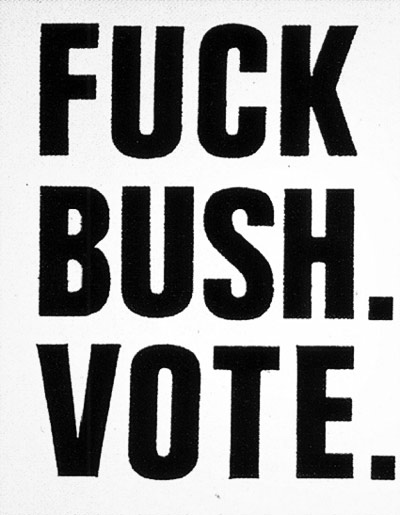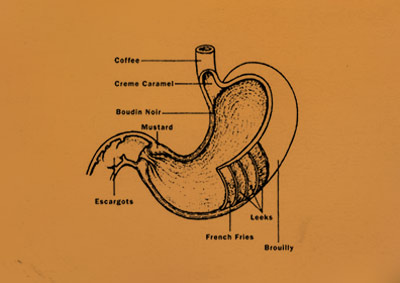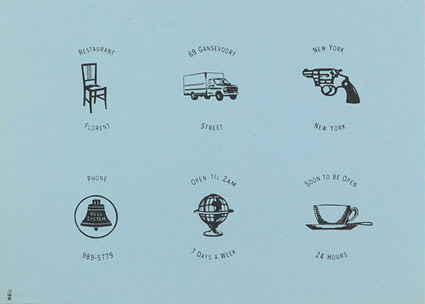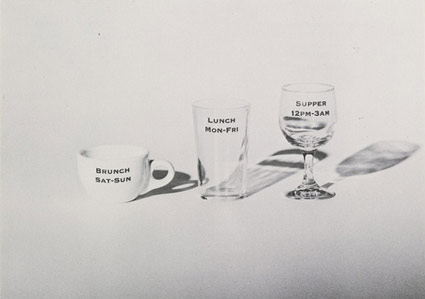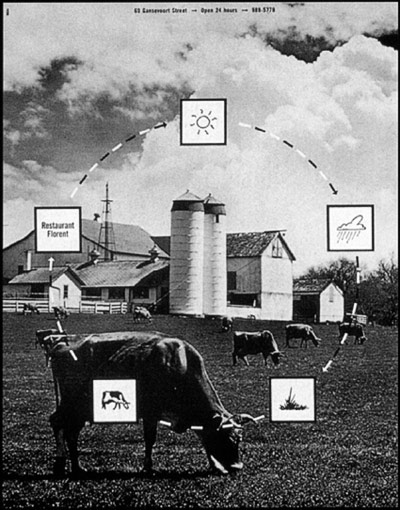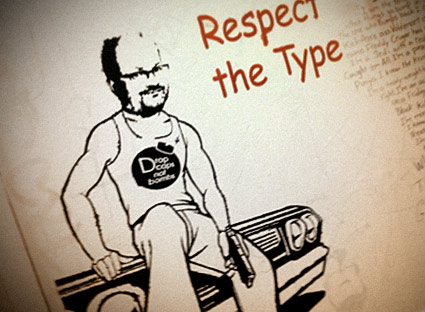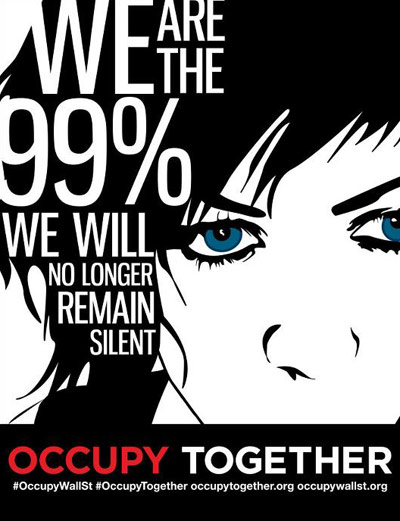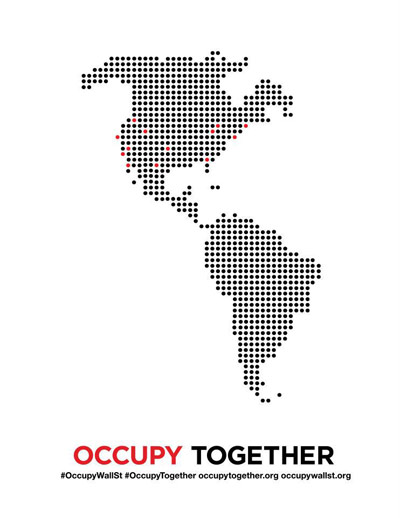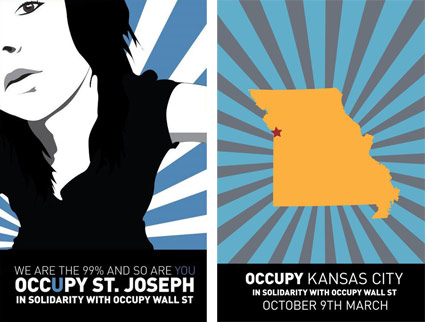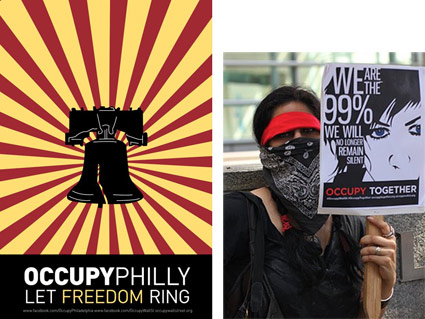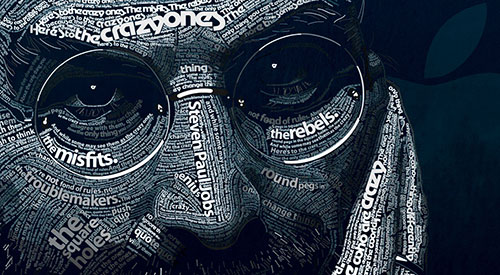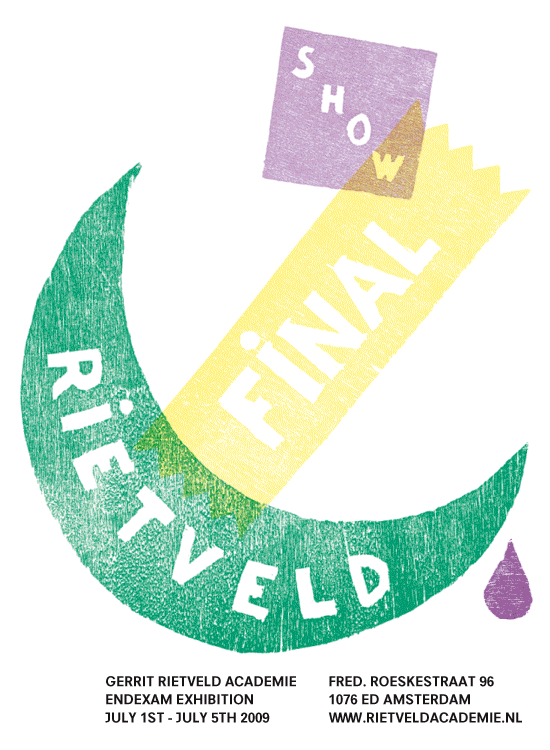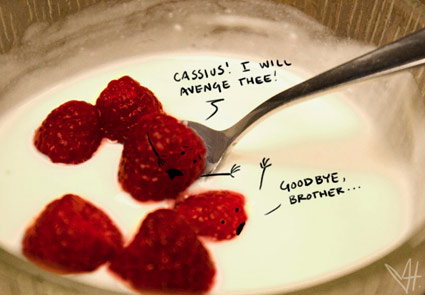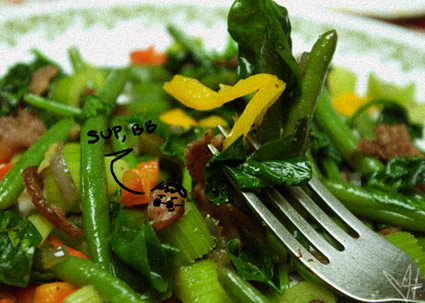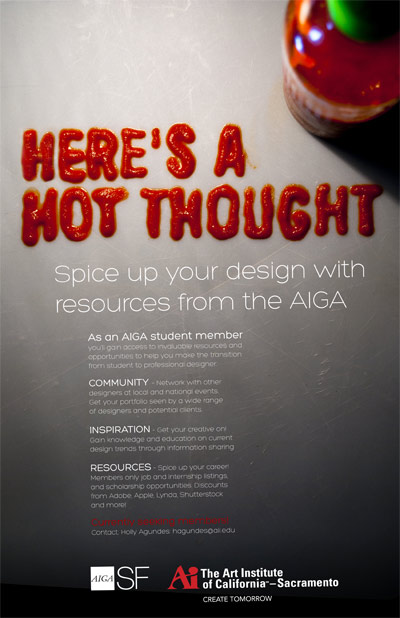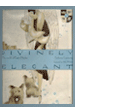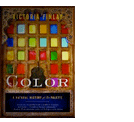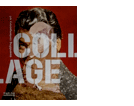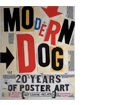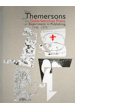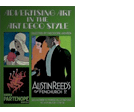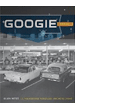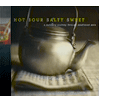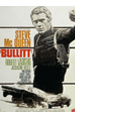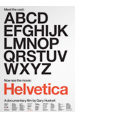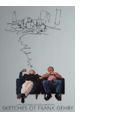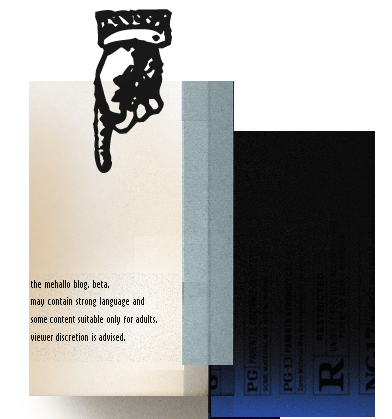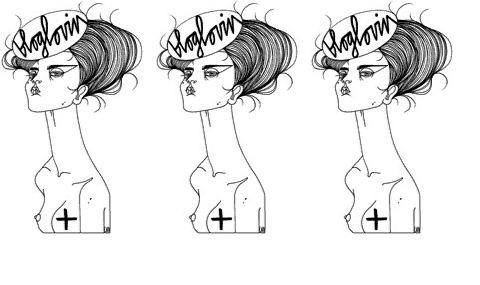Designing fonts: Shaping, kerning, tools
I’ve been drawing some form of type since the 1980s. And have been teaching type for several years now.
It’s hard to ‘go digital’ when introducing typography, since letterform history goes back hundreds (and thousands) of years.
So I still use 15th century era handtools in my introductory type courses.
Good fonts still contain elements from long ago – and today, all we really do is recreate what was once done with broad pens – using digital tools.
font games!
To get a taste of how ‘us professionals’ render type these days, check out Mark MacKay’s brilliant Shape Type (pictured above) and Kern Type. Both are nutshell adaptations of today’s process – kerning being a majorly overlooked, but necessary typesetting skill.
digital type tools
Fonts today are vector-based, so a mastering the basics of Adobe Illustrator is the start.
Beyond this, there are a bunch of applications on the market for drawing fonts. FontLab is the big one, Fontographer is the old one with the easy interface – and TypeTool is a barebones student-discounted alternative. Unlike Illustrator, these font tools take into account how letters are drawn, with built ins that make it easy to adjust edges. Karen Cheng’s Designing Type is also a must resource to have.
And I do all my logo drawings directly in FontLab – after multiple sketches in pen and ink. It’s just easier that way.
Shape Type found via Mark Nutini

